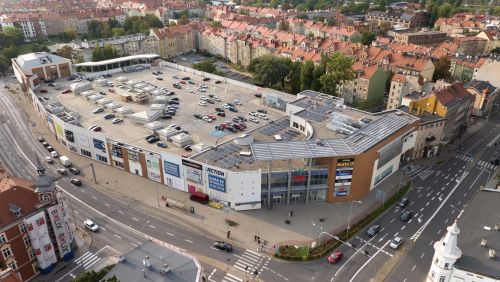The deal was aimed at trimming the company’s debts, then estimated at app. GBP 8.5 bln (net indebtedness). Over FY 2014/2015 Tesco has continued to suffer significant losses in the aftermath of its accounting scandal, while at the same time being impacted by stronger competition from discount retailers. Earlier this year, the company, which currently operates in six European countries outside the UK (Ireland, Poland, Hungary, Slovakia, the Czech Republic and Turkey), closed several British stores and some of its CEE locations. Are the rest of Tesco’s CEE operations likely to share the fate of its Korean business?
Fixing time
At the end of its 2014/2015 financial year ending in February 2015, Tesco had 449 stores in Poland, compared to 455 a year before. In Hungary, the retailer operated 209 locations, down from 220 at the end of FY 2013/2014, and in the Czech Republic its portfolio contained 209 stores, down from 211. In the CEE region, only Slovakia saw an increase in t































































